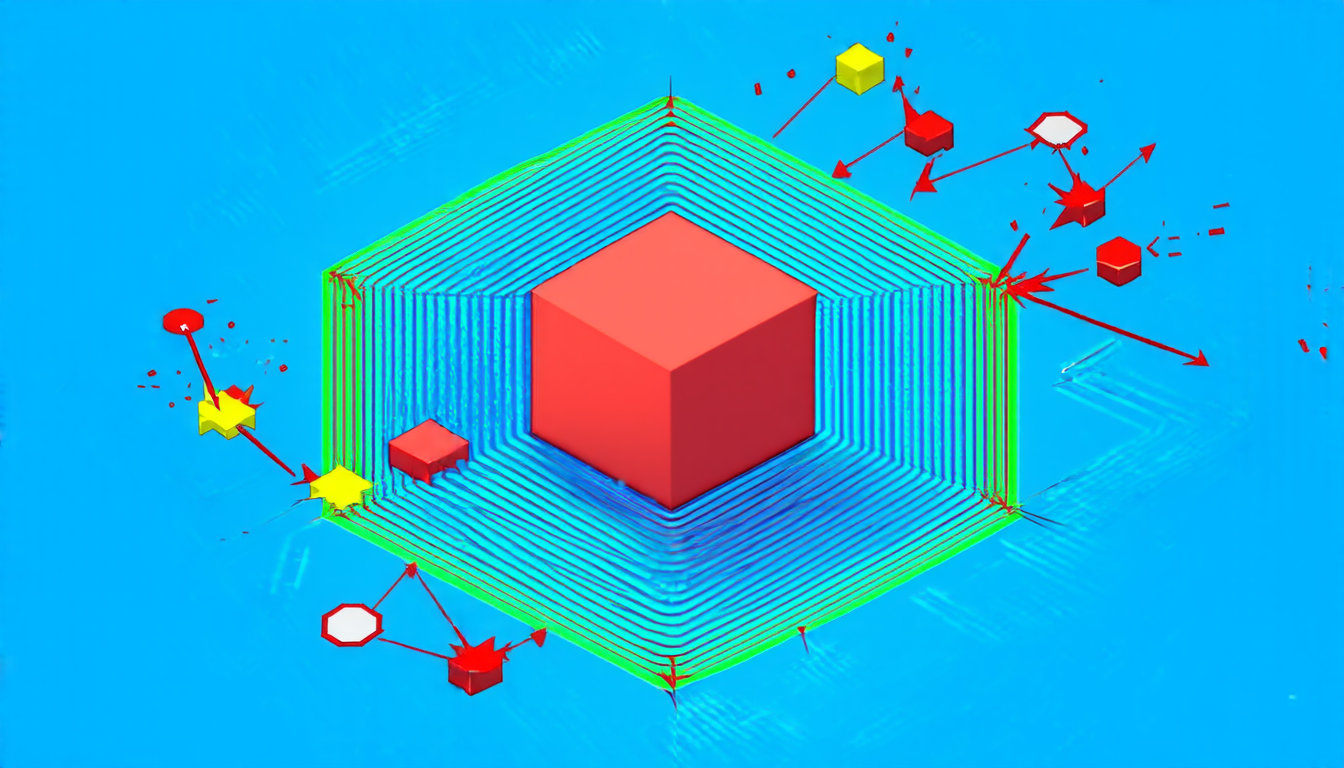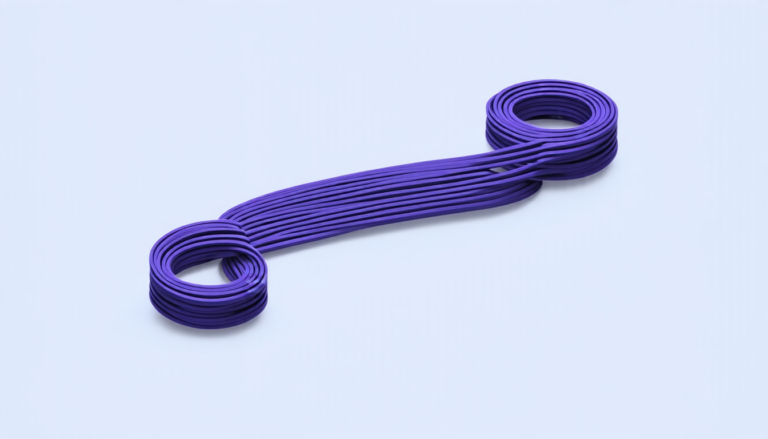Monday 06 October 2025
Mathematicians have made a fascinating discovery that challenges our understanding of geometry and its applications in real life. A team of researchers has found a way to create an infinite collection of compact convex sets, which are shapes with no holes or gaps, that cannot be pierced by a finite number of lines.
These compact convex sets are like tiny puzzle pieces that can fit together to form a larger shape. The math behind them is complex, but essentially, the researchers have found a way to create an infinite number of these shapes in three-dimensional space, where every line that tries to pierce one of the shapes will eventually miss or hit multiple shapes.
The significance of this discovery lies in its implications for our understanding of geometry and how it applies to real-life problems. For example, imagine trying to find a way to transport goods through a crowded city with limited routes available. In this scenario, mathematicians could use these compact convex sets to optimize the route planning, ensuring that every package is delivered efficiently and safely.
Another potential application lies in medical imaging. When doctors take X-rays or CT scans, they need to reconstruct 3D images from 2D data. The researchers’ findings could help develop more accurate algorithms for this process, allowing doctors to get a clearer picture of the inside of the human body.
The math behind these compact convex sets is rooted in geometry and involves the concept of transversals – lines that cut through multiple shapes at once. Traditionally, mathematicians have focused on finding finite transversals for specific types of shapes, but this new research has pushed the boundaries by creating an infinite collection of shapes with no finite transversal.
The researchers’ work builds upon previous discoveries in geometry and is a testament to the power of human curiosity and ingenuity. By exploring the intricacies of geometry, mathematicians can uncover new insights that have real-world implications, revolutionizing how we approach problems and challenges.
The discovery also raises questions about the limits of our understanding of geometry and its applications. Can we find even more innovative ways to apply mathematical concepts to real-life scenarios? The answer lies in continued exploration and collaboration between researchers from different fields. As mathematicians continue to push the boundaries of what is possible, they may uncover new secrets that will change the way we live and interact with the world around us.
Cite this article: “Infinity’s Edge: A Breakthrough in Geometry”, The Science Archive, 2025.
Geometry, Compact Convex Sets, Infinite Collection, Transversals, Lines, Shapes, Puzzle Pieces, Optimization, Medical Imaging, Algorithms







